2011: Dud or Springboard?
Casey Research’s Gold Commentary
2011 was remarkable in many ways for the precious metals markets. Gold soared to new highs in early September, hitting at an intraday record of $1,920/ounce on the 5th. Silver screamed to within a hair of $50 on April 28. Corrections ensued, and the metals ended the year on a disappointing note for silver and an underwhelming note for gold. Equities for the sector were down, to way down for junior ventures, logging their worst annual return since 2008.
Here’s a table of 2011 returns from most major asset classes:
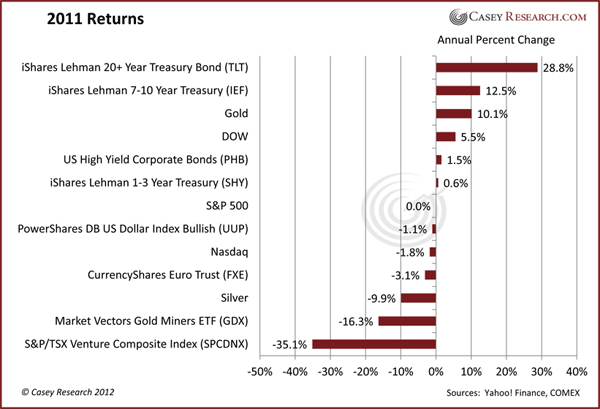
Gold registered its eleventh consecutive annual gain, extending the bull market that began in 2001. The yellow metal gained 10.1% – a solid return, though moderate when compared to previous years.
Silver lost almost 10% year-over-year, due primarily to its dual nature as a monetary and industrial metal. Currency concerns lit a match under the price early in the year, while global economic concerns forced it to give it all back later.
Gold mining stocks couldn’t shake the need for antidepressants most of the year, and another correction in gold in December dragged them further down.
Meanwhile, those who sat in US government debt in 2011 were handsomely rewarded, with Treasury bonds recording one of their biggest annual gains. In spite of the unparalleled downgrade of the country’s AAA credit rating, Treasuries were one of the best-performing asset classes of the year. The driving force there seems to be expanding fear about the sovereign debt crisis in Europe.
But perhaps it would be more accurate to look at 2011 in a larger context. How did these investments perform over the past three years?
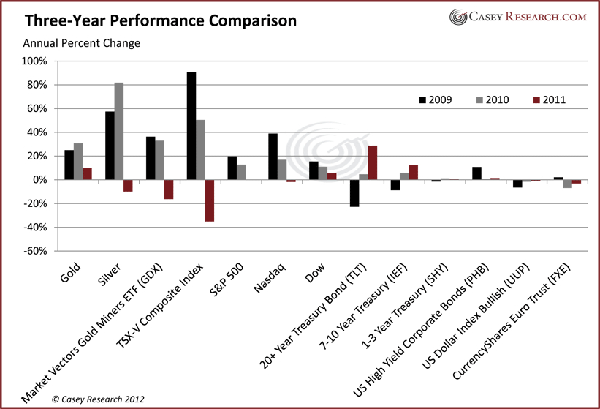
There’s a lot to be said about the chart above, but we’ll cut to the chase: despite the higher volatility, we’d much rather be investing in the assets on the left side of the chart than those on the right.
2011 is now part of the history books. The important question before us is: is gold still one of the best places for your savings going forward? Let’s take a look at what we might expect in 2012 based on what we just left behind…
The fundamental case for gold remains rock solid
Gold demand from investment and central banks grew tremendously last year. Further, the geography of gold buying was widespread, with big purchases coming from Europe during the initial bouts of their crisis and Japan after the Fukushima accident. Small investors and monetary authorities alike purchased gold due to economic, financial, monetary, and political concerns. Quite frankly, we see none of these factors changing anytime soon.
Further, many countries continue to debase their currencies at phenomenal rates. While US Treasuries may be a good temporary parking spot for cash, don’t kid yourself about what’s behind it all: nothing. The dollar is a fiat currency, that’s all. A true safe haven is something that cannot be debased, devalued, or destroyed by any government. After accounting for inflation, your dollars are worth less every year.
The reasons for gold’s bull market aren’t going away anytime soon. Make sure you have enough exposure to make a material difference to your portfolio.
Don’t be deceived by promises of economic growth
The US economy ended the year on a high note – the job market is improving, gas is cheaper, consumer confidence grew, real estate showed signs of recovery, and the holiday shopping season turned out better than most economists expected. So, can the US grow its way out of the debt burden? Can we forget about further money-printing schemes that are bullish for gold?
We think there’s little chance that growth will be sustainable in 2012. First, the biggest chunk of GDP growth in 2011 came from personal consumption – savings cuts and income growth in particular.
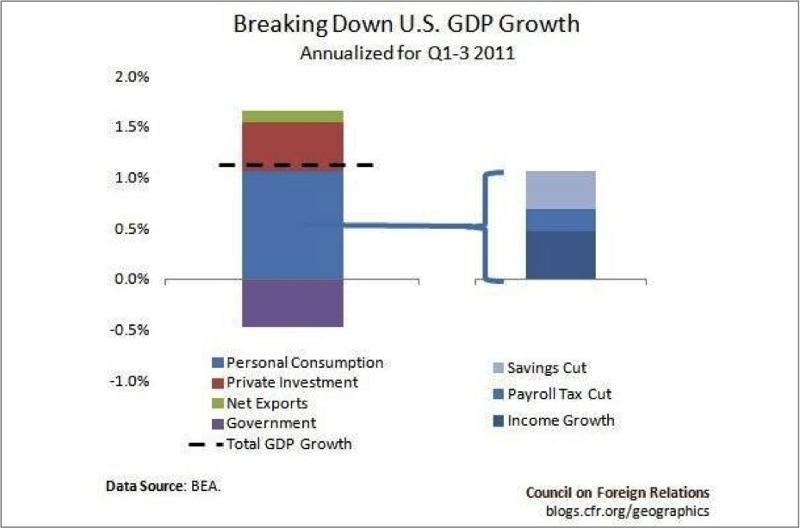
Strong GDP growth comes from production, not consumption. As Doug Casey has stated many times, it’s also the secret to personal wealth: “Produce more than you consume, and save and invest the difference.”
Second, according to a recent Time Magazine article, “The government says that once you adjust for inflation, weekly earnings dropped 1.8% from November 2010 to last month” [November 2011]. As a result, “Consumers have used savings or credit cards to finance their purchases.” This is hardly a sign of a strong economy.
Combining these facts with surging government debt and ongoing deficit spending means the “growth” in GDP is largely supported by… debt. US debt surpassed GDP last year for the first time since 1947, and if the Keynesians get their way, the cure for our massive debt overhang will be… more debt. Any such scheme, regardless of its name, is very bullish for gold.
The gold price will continue to be volatile
The average annual gold price in 2011 was $1,571.50/ounce, which was 28% higher than the prior year’s average. As we outlined in our last article about gold corrections, the average retreat in gold since 2001 (of those greater than 5%) is 12.5%. Declines of this degree are normal. They will happen again. Thus, expected price behavior leads us to get excited when gold and related stocks go on sale, not depressed about the dips.
If you buy gold during corrections, your gain by the end of the year will be higher than the annual advance.



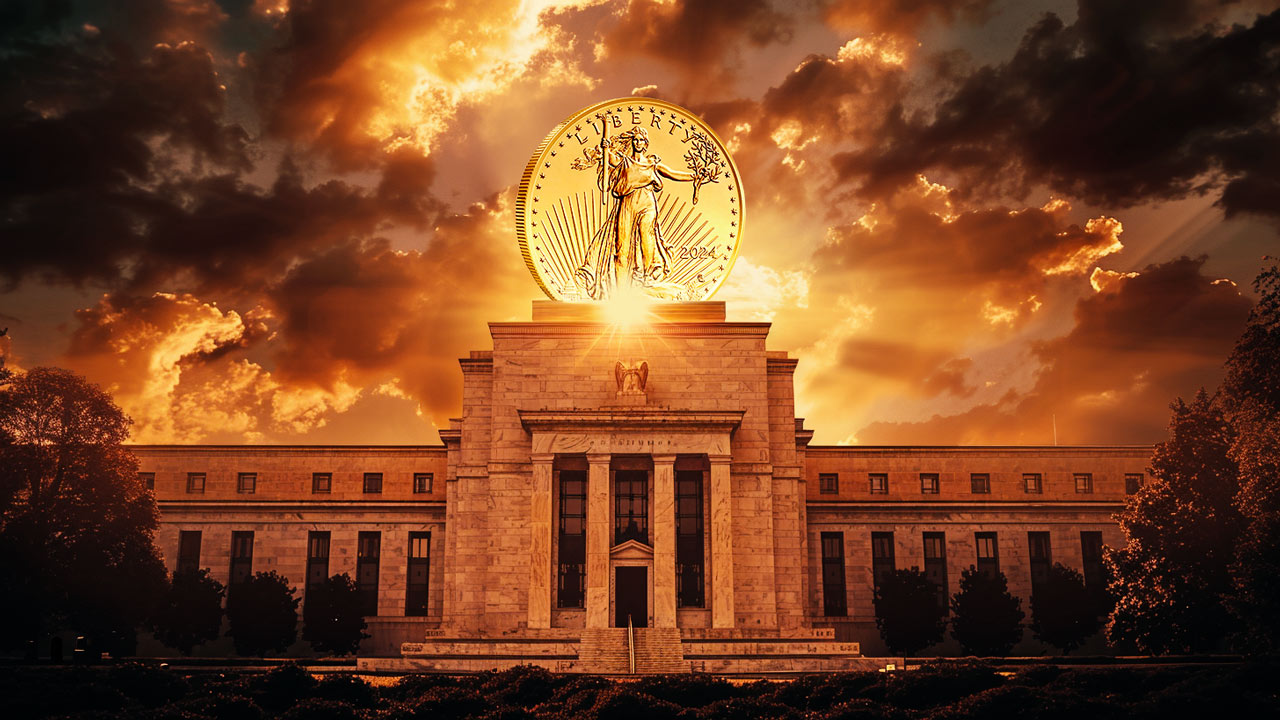 With a hot CPI report casting a shadow of doubt on the likelihood of a June interest rate cut, all eyes are on the Fed. But they’ve caught themselves in a “damned if they do, damned if they don’t” moment for the economy — and the news for gold is good regardless.
With a hot CPI report casting a shadow of doubt on the likelihood of a June interest rate cut, all eyes are on the Fed. But they’ve caught themselves in a “damned if they do, damned if they don’t” moment for the economy — and the news for gold is good regardless. 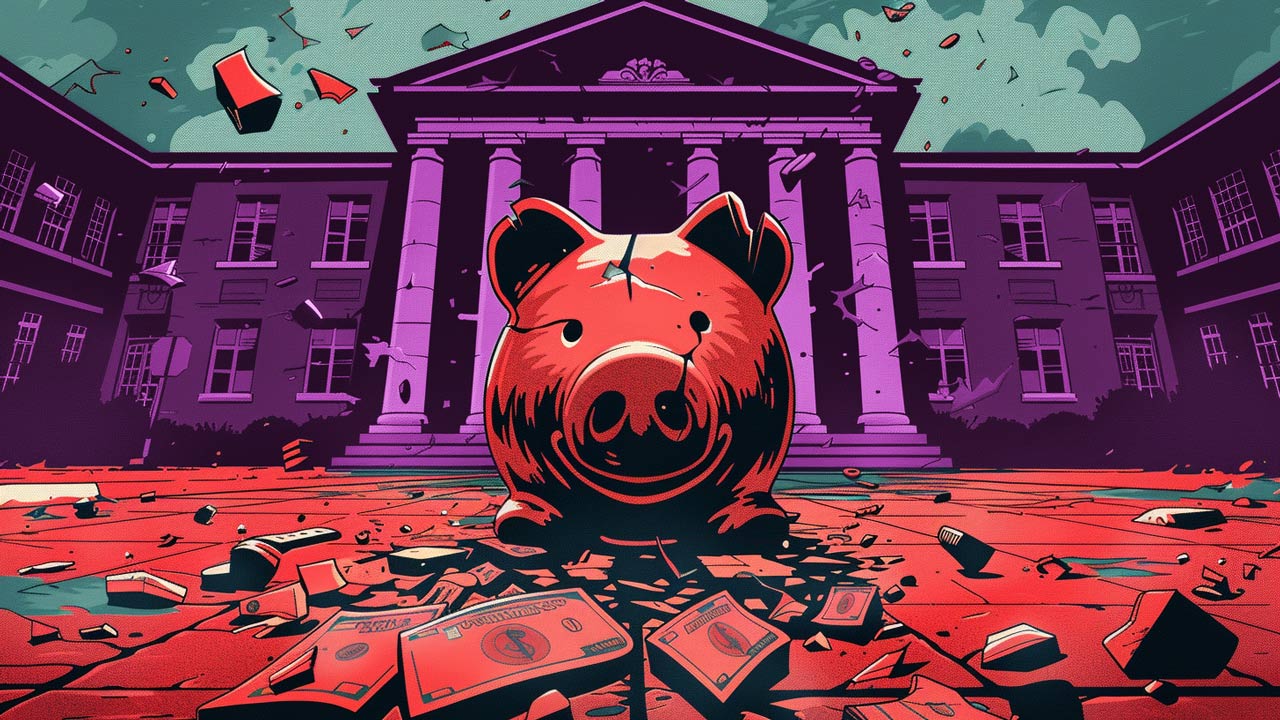 It’s no secret that the American public is wildly ignorant of many issues that are central to the success of our nation. Just a generation ago it would have been unthinkable that less than half of the American population could recognize all three branches of government. America is in most cases far less educated about its government […]
It’s no secret that the American public is wildly ignorant of many issues that are central to the success of our nation. Just a generation ago it would have been unthinkable that less than half of the American population could recognize all three branches of government. America is in most cases far less educated about its government […] In investing, “Buy low, sell high” is among the most well-known sayings, and generally, it’s good advice. But with gold still holding near its historic all-time highs, central banks led by China are bucking the classic adage and smash-buying more, buying the top to fortify themselves against a global monetary and financial blow-up.
In investing, “Buy low, sell high” is among the most well-known sayings, and generally, it’s good advice. But with gold still holding near its historic all-time highs, central banks led by China are bucking the classic adage and smash-buying more, buying the top to fortify themselves against a global monetary and financial blow-up. When John Bogle died in 2019, people around the world mourned. Bogle created the Vanguard Group and made the index fund mainstream. Index funds are investment vehicles that invest in a class of investments as a whole, rather than trying to predict what specific stocks or securities will do best. So an investor could invest in an […]
When John Bogle died in 2019, people around the world mourned. Bogle created the Vanguard Group and made the index fund mainstream. Index funds are investment vehicles that invest in a class of investments as a whole, rather than trying to predict what specific stocks or securities will do best. So an investor could invest in an […] As the Democratic Party has shifted away from its traditional base of working-class and middle-class Americans, to an increased reliance on college professors, students, and highly educated but low-paid professions, such as social workers, a new policy has risen to prominence: student loan forgiveness.
As the Democratic Party has shifted away from its traditional base of working-class and middle-class Americans, to an increased reliance on college professors, students, and highly educated but low-paid professions, such as social workers, a new policy has risen to prominence: student loan forgiveness. 
Leave a Reply